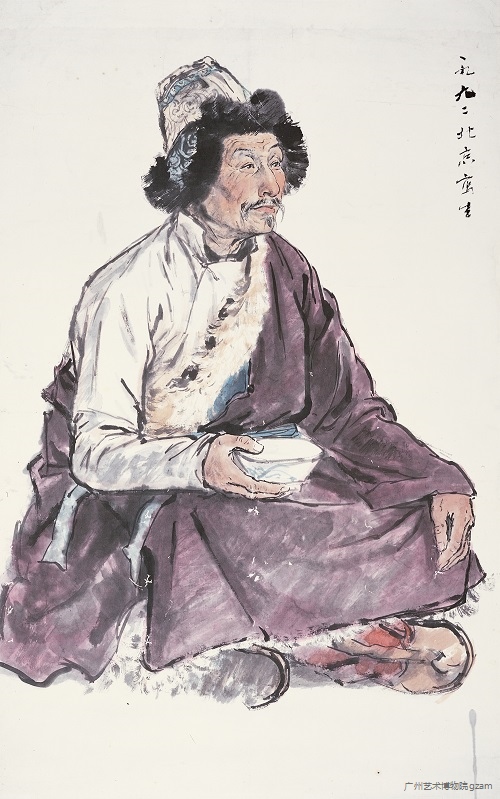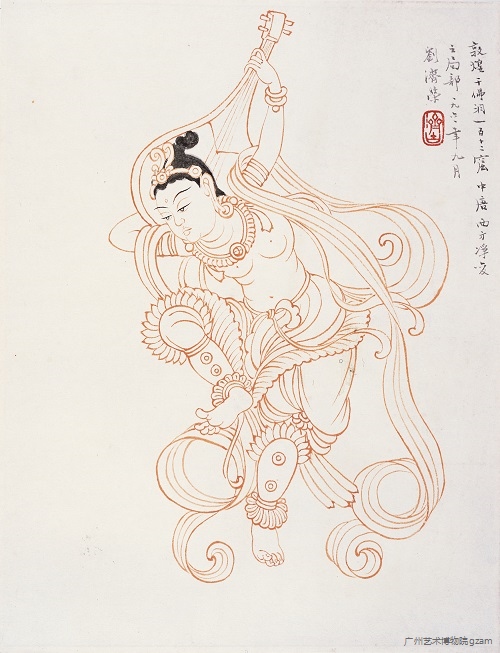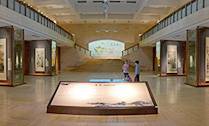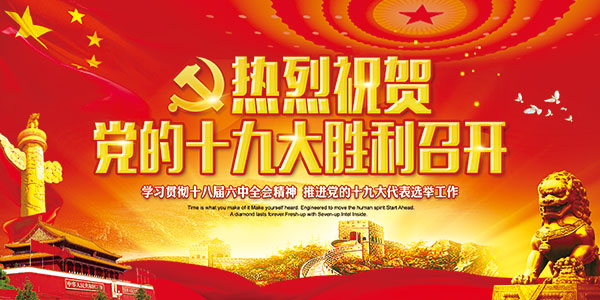Celebrating the Times: A Restrospective Exhibition of the Art of Liu Jirong
Release time:17-11-24
Organizer: Guangzhou Museum of Art
Dates: December 21—March 18, 2017
Venues: Guan Shanyue Art Gallery (1st floor), Li Xiongcai Art Gallery (2nd floor), Zhao Shao’ang ArtGallery (3rd floor)
Preface
Born in Xingning of Guangdong Province, Liu Jirong (1931—2016) was a noted contemporary painter and educator of the Lingnan area. He graduated from the Zhongnan Fine Arts College in 1957, and went to Chinese Painting Department of China Central Academy of Fine Arts for further study in 1962. On his way to pursuit art, he met many noted tutors such as Guan Shanyue, Yang Zhiguang, Jiang Shaohe and Ye Qianyu who had deep influence on Liu.As a typical representive artist after the founding of the People’s Republic of China, Liu Jirong was also an icon in figure painting of the Lingnan painting circle. For decades, he had been dedicated to figure painting and made great achievements in this field. He insisted that art shall be abide by the times, the common people and their lives. He visited vast territory of his motherland, especially the arduous western area in China. He tried very hard to depict the great achievements of China, the efforts made by its people, and the upright spirit of the times. The figures under his painting brush are vivid and genuine with fluent strokes and unrestrained usage of ink, forming an outstanding personal style.
Being a long-termed professor in the Guangzhou Academy of Fine Arts, Liu Jirong had been engaged in teaching and researches on figure painting. He advocated “four key points”: sketch, sketch from nature, imitation and paint from memory, which requires a solid skill in modeling and abundant techniques in ink usage. He also inherited the theory of the “Xu-Jiang System” initiated by famous Chinese painters Xu Beihong and Jiang Shaohe, and imparted it to groups and groups of young artists. Under his leadership, a great number of excellent figure painters had emerged in the Lingnan painting circle.
Liu Jirong passed away of illness on December 15, 2016. According to Liu's own will, his family decided to donate his paintings to the Guangzhou Museum of Art. In 2017, the Guangzhou Museum of Art received 689 pieces of Liu’s works, and organized this exhibition to give a retrospective display of his lifetime achievement. Hereby, we would like to take this opportunity to give our best regards to this senior artist and his family.
December, 2017
Eulogist of the Times
During his schoolingat the Zhongnan Fine Arts College and the China Central Academy of Fine Arts.At that time, sketching was much emphasized as a foundation of students’ trainingby the art educational system in order to transform Chinese painting by meansof Western realistic techniques, especially in the field of figure painting. Thefigure paintings by Liu Jirong were constructed on the basis of such aneducational theory. Liu responded to the call to walk out of the studio and plungedinto the thick of life, creating a great many sketches on the sceneries ofdiligent workers and farmers which laid a solid foundation of his futurecreation. After graduation, he produced excellent works including Carrying a Load, Settling Down, Arm Wrestling, Drawing the New Era, Liberation Army Lodging in My Home, Careful Cultivation, Morning and Joy of the Gardener etc. Moreover, Liu had made a lot of goodfigure paintings to give praise to these workers.
To demonstrate the great achievementsmade by the New China, to propagate the policies and strategies of theCommunist Party and the government, to pay a tribute to the working people hadalways been Liu Jirong’s artistic ideal. He was an Eulogist of the time whosing the praises of that passionate era.
Intoxicationof Western China
In 1965, Liu had an important opportunityto be commissioned for the painting in the Tibet Hall in the Great Hall of thePeople. Thereafter, he had a close relationship with Tibet. Liu’s art wasinjected with romance and force, owing to the magnificent landscape of WesternChina, kind-hearted Tibetans, delightful life style and unique ethnic clothingof Tibet.
After the so-calledCultural Revolution, Liu received even more freedom in his creation. In 1981,he visited Western China again. His passion and talent were fully maximized, andhe created a number of paintings on Tibetan theme with a simple composition yetunrestrained brushstrokes. He paid special attention to the combination of dotsand lines, achieving a careful modeling and vivid image in his bold yetromantic figure paintings. Liu gradually establish his typical artisticlanguage during this period of time.
Sentiments in His Late Years
Towards his late year, Liu had moved into anew phrase: on one hand, he applied freehand brushstrokes on yak and buffalopaintings, and called himself the “man of herding yak and buffalo” to show hisunswerving ideology to work hard and serve the people; on the other hand, heinsisted on thematic creations, for example, to create portraits for Lingnanmasters and to display local customs and practices. He did not forget why hestarted and imparted the spirits to the public through art.
“An aged buffalo knows whatdusk looks like and he shall forge even harder.” This was indeed a reflectionof Liu’s late years. We can see in Liu Jirong the older yet hardworkinggeneration of artists who were absolutely sincere towards the country, thepeople and art.




 Party's mass line
Party's mass line Activity Booking
Activity Booking Hall of Fame
Hall of Fame Donation
Donation Construction
Construction